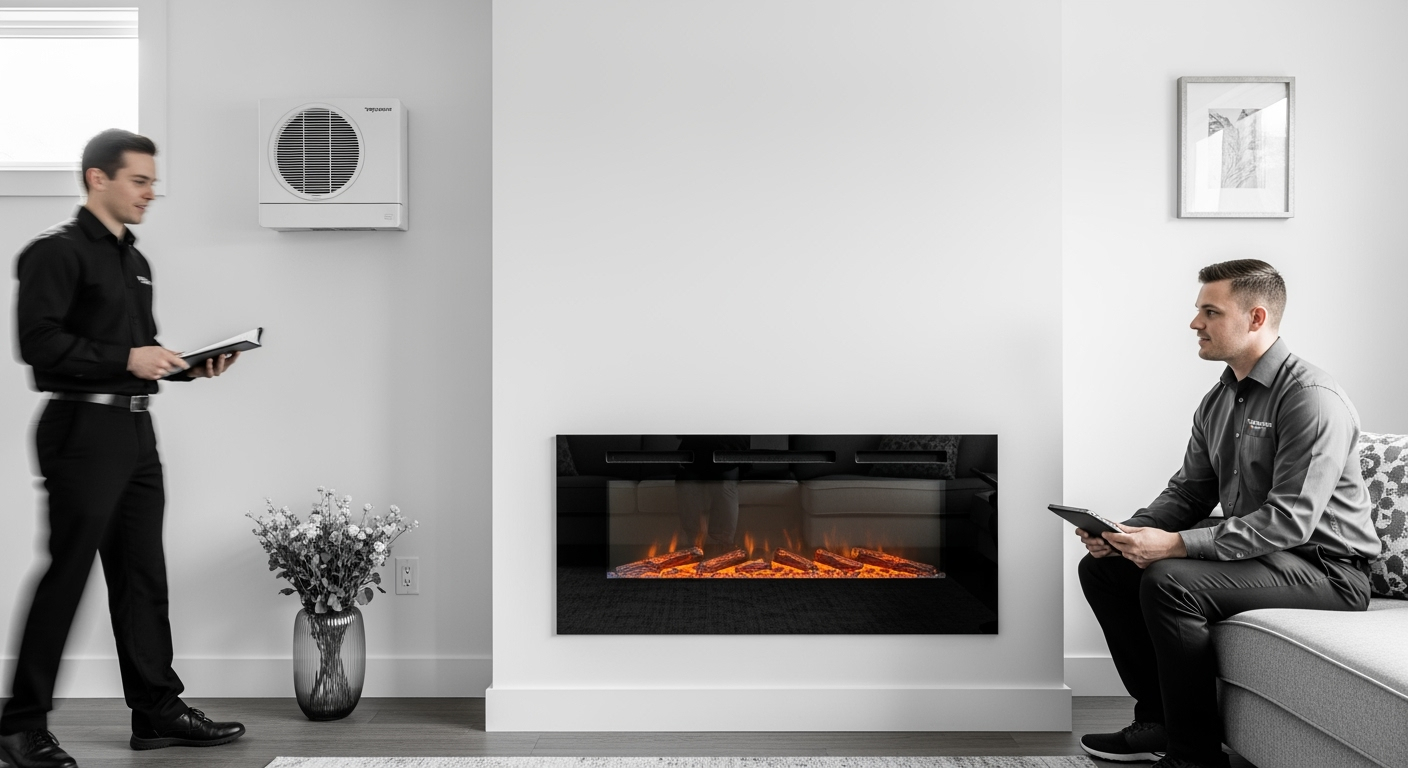During the freezing days, your home depends on an appropriately functioning furnace to hold your home warm and satisfied. In turn, your furnace depends on a correctly functioning furnace heat exchanger. It\’s the most essential element of your heating system, and any issues with it can not only cause breakdowns but also can pose a safety threat to your whole home.
Heat exchangers transmit heat among two or more gases at various temperatures. Relying on the kind of heat exchanger used, the heat transfer procedure is carried out via a stable divider that stops the mixing of gases. Other structure features, including building materials and elements, heat transfer instruments, and flow arrangements also help categorize and organize the classes of heat exchangers known. Discovering use in a wide scope of industries, a variety of these heat exchangers have been developed and fabricated for usage in heating and cooling procedures.
Heat exchangers work by permitting a higher-temperature gas to interact with a lower-temperature gas, causing heat to move from one to the other to push toward balance. This heat transfer leads to a drop in temperature for hotter gas and a rise in temperature for chillier gas. Many different types of components can be used in heat exchangers, as well as a broad range of materials utilized to make them. The elements and materials utilized rely on the class of heat exchanger and its planned use. Some of the most typical elements utilized to make heat exchangers are diabatic wheels, fins, shells, tubes, spiral tubes, and plates. Because of their high thermal conductivity, metals like copper and stainless steel heat exchangers are very convenient and normally utilized for making heat exchangers.
What is a furnace heat exchanger?
Every furnace has a heat exchanger because it is an important element of the heating procedure. Furnaces burn fuel in a closed chamber to produce warmth. This combustion procedure creates warm power from the fuel origin. Nevertheless, the combination of gas and combustion fumes alone is not safe to respire and cannot be utilized alone to warm a house.
Basically, a furnace heat exchanger is a narrow metal shield placed between the combustion chamber and the blower and distributes heated air from the furnace via vents to the rooms of the house. As the combustion chamber warms the exchanger with flue gases, the air on its cover blows from the other side, quickly warming the breathable air. Then, this heated breathing air is circulated via the ductwork of the house.
Furnace heat exchangers can consist of pipes or coils linked at one end to the burner assemblage and at the other to a duct or flue line, or they may be plate heat exchangers made of many thin, ridged plates jointly. Each couple of plates makes a channel through which a gas can move, and the couples are piled and connected by bolting, soldering, or welding so that the next path between the couples is made via which other gas can move. The heat exchanger must be correctly sealed in order to work properly and prevent flue gases from fleeing from the combustion chamber. An inappropriate exchanger can cause the combining of dangerous gases with respiring air. Once the warmth of the flue gases is transmitted to the walls of the heat exchanger, they leave the heat exchanger and leave the building. In high-efficiency condensing furnaces, the flue gases are discharged to another furnace heat exchanger where more warmth is extracted from them and utilized to further warm the home.
What is wrong with the heat exchanger?
We tend to believe that metal is static and permanent, though heat really has a huge effect on metallic things. When the heat exchanger heats up fast, the metal extends. After the furnace is turned off, the heated metal cools and shrinks to its original form at room temperature. Nevertheless, after accomplishing this for a decade or more, the metal begins to wear out. Finally, it is tending to evolve as breakable, leading to cracking, breaking, and other defeats. This can cause abnormal noises that you can hear from the furnace. When this occurs, the heat exchanger no longer creates an adequate seal between the air you can breathe in and the air in the flue. This is a significant trouble. Flue gas is not safe for humans or animals. It can even include carbon monoxide, which is a silent killer.
How to take care of the furnace heat exchanger?
Furnace heat exchanger function and longevity can be enhanced via regular furnace care executed by a qualified HVAC mechanic. During a keeping setup, the heat exchanger is checked for damages, and if little cracks are discovered, the mechanic fixes them to stop further harm and safety dangers.
During maintenance, mechanics also inspect for other issues that could cause heat exchanger crack in the future. Typical wear and tear from use can cause the heat exchanger hurt, but airflow problems are usually the reason. Closed or obstructed ducts inside the house and contaminated air filters limit the heat exchanger air flow and cause the element to overheat, leading to snapping. Discovering obstructed ducts and other obstacles that compromise airflow through the vent system should be addressed during the furnace check. Save your heat exchanger by replacing the air filter according to the factory\’s specifications. Most air filters survive between three and six months. Nevertheless, filters with a low MERV grade often need to be substituted every month. The furnace filter may require to be adjusted more often during the freezing months when the heating system is in continuous usage. Constantly maintain the air ducts in the house open. Keep supply and return valves away from the table, rugs, and other objects. To save money on energy bills, do not close the ducts as this can induce airflow problems that can cause expensive harm to the heat exchanger and other system elements.
 905-780 3262
905-780 3262

